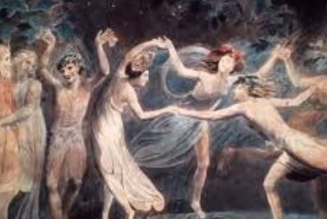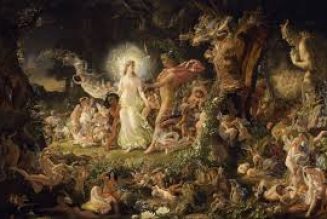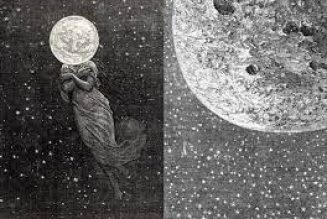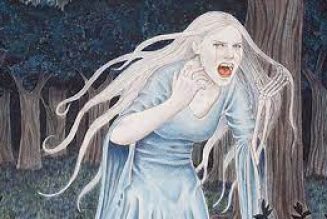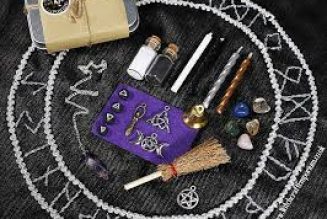Murray, seeing parallels with her Egyptology work, started digging through documents, and in 1917 she published “Organizations of Witches in Great Britain” in the Folklore Journal.
That dry-sounding paper became her book, The Witch-Cult in Western Europe, and kickstarted a vein of research that would fundamentally change the face of witchcraft as we know it.
At that time, scholarly writing on witches in Western Europe was close to zero, and two schools of thought existed.
Either witches did exist, regardless of whether they could cast spells or not, and they were Satan-worshipping, baby-eating, broom-riding villains, or the women convicted of witchcraft were all innocent victims of public hysteria who made confessions under threat of torture.
Murray, seeing room for a middle ground, proposed a witch-cult theory that occupied the wide schism between those polar opposite perceptions.
But her methodologies were, by others,considered faulty.
“Many people were and still are ready to criticize Margaret Murray’s work. This is, As well as criticizing Gerald’s credulity for being taken in by her, and citing his desire for her findings to be true as his blind spot.
There was no written evidence to suggest that witchcraft was an organized religious movement, and no writings that tie witchcraft to the idea of a sabbath meeting.
Even the origins of the word ‘coven’ could be considered suspect (Murray thought it specifically referred to a witch—it probably came from the word ‘covent’ and referred to any kind of meeting, not just a supernatural one).
She could only find one testimony that stated covens should be made up of 13 members, from a Scottish witch-trial testimony.
Murray was unconcerned by the idea that the confessions and trial documents that formed the basis of her theory could have been made under threat of torture.
She posited that torture was illegal at that time, so it obviously never happened—a stance that is hopelessly naive by contemporary standards. However, no research existed to contradict her.
She was an expert by default.
By the 1990s, new historical evidence and diverse scholarship in pagan studies meant that her work was almost entirely discredited.
Writing in 2004 for The Pomegranate, an academic journal of pagan studies, Catherine Noble notes, “When her work fell from favor, however, it was not gently phased out as obsolete but ridiculed and denounced as a travesty of the study of history, an abuse of evidence coupled with academic ignorance of her subject.
” Though she lived to be 100, Margaret Murray faded into obscurity soon after her death in 1963.
All that remains of her legacy are two busts in University College London.
Regardless of their opinions on Murray, most Wiccans would concede that her work may not have been accurate, but it did facilitate the popularity and legitimacy of their belief system.
The Witch-Cult of Western Europe had a catalyzing effect.
It brought witches—real witches, not devil-worshippers or victims of circumstance—into the public realm.
Like some Christians, who read the Bible as a creation myth and not as historical fact, many Wiccans now embrace the spirit of Murray’s findings, not the fallacy.
